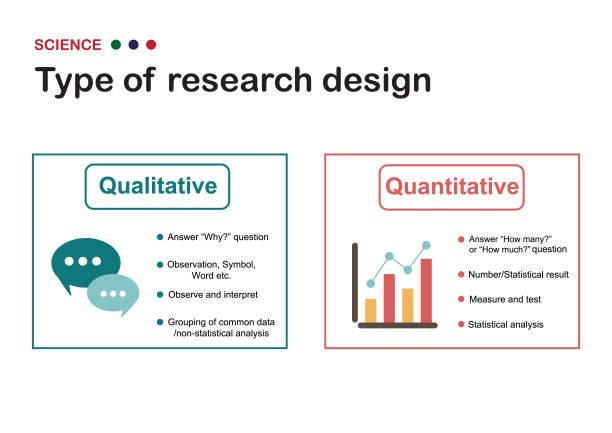Distinction Between Quantitative and Qualitative Research Methodology with Examples
Skip to content
Skip to sidebar
Skip to footer
Distinction Between Quantitative and Qualitative Research Methodology with Examples
Distinction Between Quantitative and Qualitative Research Methodology with Examples


